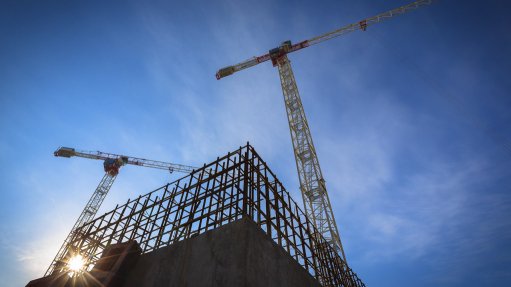
The First National Bank (FNB)/Bureau for Economic Research Civil Confidence Index gained two points to 24 in the first quarter of the year.
This follows a seven-point rise to 22 in the fourth quarter of last year.
The rise in civil confidence indicates a sustained, albeit slow, improvement in construction activity, which has gradually lifted sentiment, explains FNB property economist Siphamandla Mkhwanazi.
He adds that while the current index level is higher, it is still at a level that means the majority, or 75%, of respondents are dissatisfied with prevailing business conditions.
“In the fourth quarter of last year, we saw confidence improve on the back of higher activity. In the first quarter of this year, higher profitability lifted the sentiment, while activity was effectively unchanged.”
Statistics South Africa in a separate release says the real value of construction works declined by 1.6% year-on-year in the fourth quarter of last year, while the first quarter survey results imply a similar decline in activity.
Mkhwanazi says that although activity growth in the first quarter this year was more or less stable, the short- to medium-term outlook is upbeat. Fewer firms reported that insufficient demand for new work, a proxy for the state of order books, is a constraint to their business.
“The more upbeat outcome for order books is likely related to increased tender activity specifically around transport. In the national budget more than R308-billion was allocated to transport and logistics related infrastructure through until the 2022/23 fiscal year.
“It seems that some of this work is already starting to materialise. Further, construction activity related to renewable energy projects is continuing for now.
"The increased tender activity is also reflected in tendering price competition, which eased, or was less competitive, in the first quarter,” he notes.
Mkhwanazi summarises his view by stating that a number of headwinds still exist in the construction sector, which could derail any significant recovery. These include future rounds of the independent power producer programme and the downbeat outlook for infrastructure investment by the public sector.